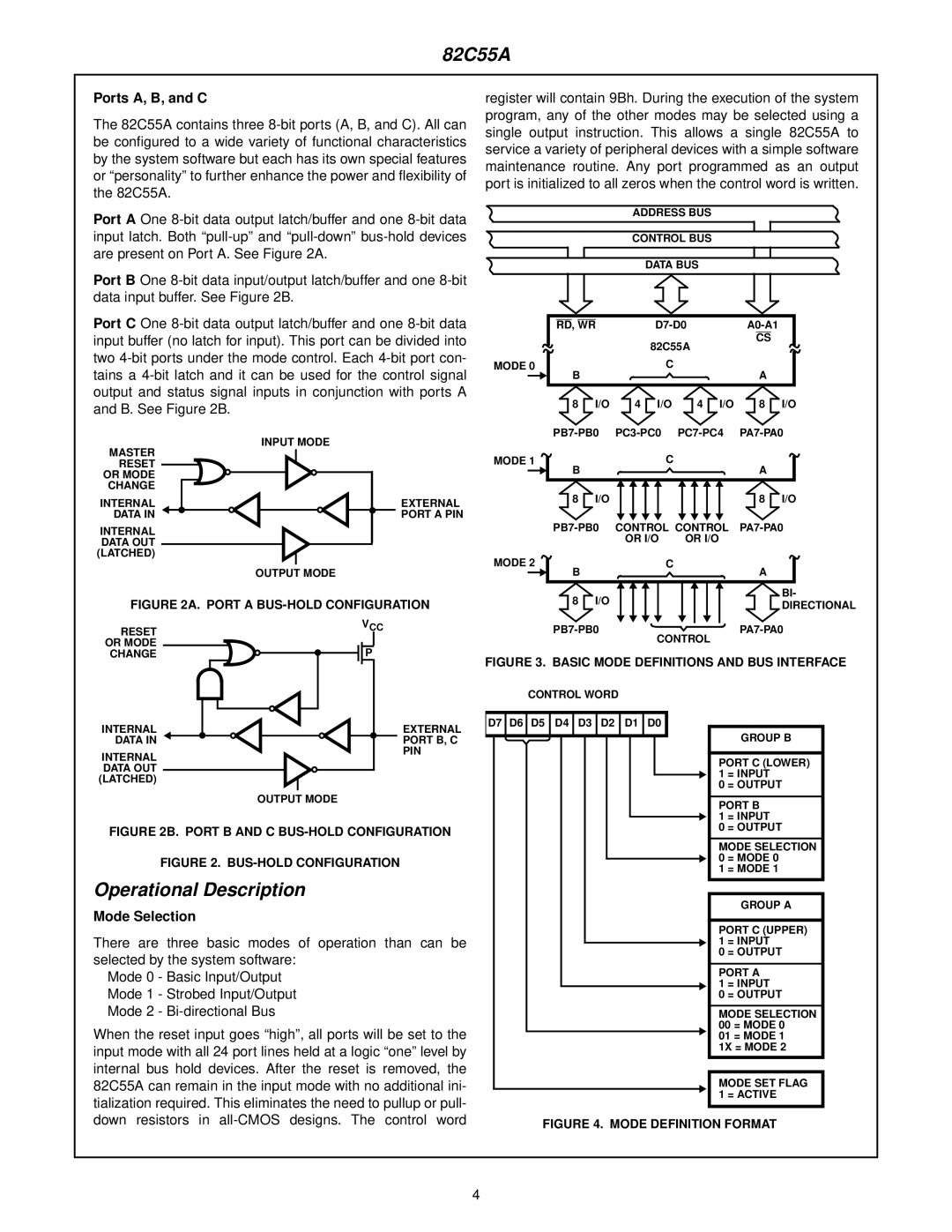RUBY-MM-1612, 16-Channel 12-Bit Analog Output PC/104 Module specifications
The Diamond Systems RUBY-MM-1612 is a versatile 16-channel 12-bit analog output PC/104 module designed to meet the demanding needs of various applications requiring precise analog signal generation. This module excels in environments ranging from industrial automation to scientific research, providing users with reliable performance and high-quality output.Key features of the RUBY-MM-1612 include its capability to deliver 16 independent analog output channels. Each of these channels supports a resolution of 12 bits, enabling the generation of finely detailed signals for a wide range of applications. The analog outputs are voltage scalable, allowing users to select various output ranges, which enhances the module's flexibility in different system configurations.
Another notable characteristic is the onboard architecture, which employs a specialized digital-to-analog converter (DAC) with excellent linearity and minimal noise, ensuring that the output signals are both accurate and stable. The DAC's specifications allow for output signals with a maximum voltage range of ±10V, providing ample headroom for many applications.
In terms of connectivity, the module utilizes the PC/104 standard, known for its ruggedness and compact form factor. This design allows for easy integration into systems, making it ideal for space-constrained environments. The RUBY-MM-1612 features a robust interface that supports various protocols, ensuring compatibility with a wide array of PC/104 systems.
The module also includes a comprehensive set of support software tools, making it user-friendly for developers. The drivers and libraries provided for various programming environments simplify the process of integrating the module into existing systems, reducing development time and effort.
Additionally, the RUBY-MM-1612 is built for durability, with operational specifications that accommodate a wide temperature range. This reliability makes it suitable for outdoor installations and harsh conditions, where other systems may fail.
In summary, the Diamond Systems RUBY-MM-1612 is an advanced 16-channel 12-bit analog output PC/104 module that combines high performance with flexibility and ease of integration. Its robust features, modern technologies, and durability make it an excellent choice for engineers and developers looking for reliable solutions in analog signal generation. Whether in industrial control systems, data acquisition, or laboratory settings, the RUBY-MM-1612 stands out as a top-tier option for fulfilling complex analog output requirements.

